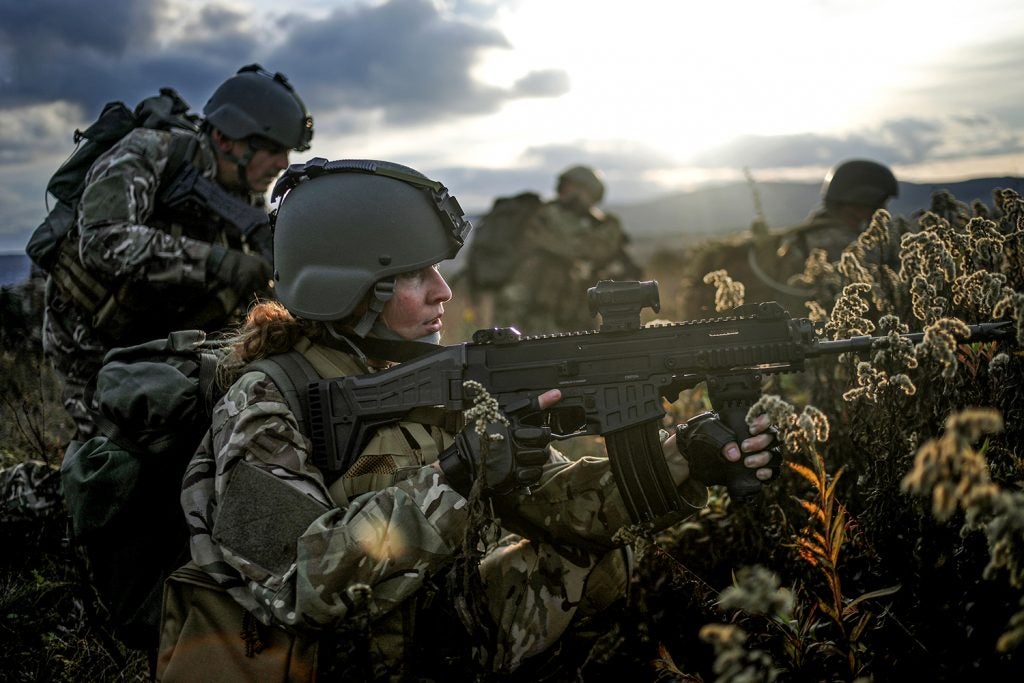Modernization and Rearmament – Hungary’s Zrínyi 2026 Program
In January 2017, the Hungarian Ministry of Defense announced the start of a comprehensive military modernization and rearmament program: “Zrínyi 2026”. Under this program, the entirety Hungarian Defense Forces (HDF) will be brought up to 21st century standards after more than two decades of neglect.
The program intends to revitalize Hungary’s military industry both to supply the HDF and to produce weapons and equipment for export.
The government acquired the Austrian company Hinterberger Defence, which specializes in the production of mortars and artillery shells, and has signed an agreement with Czech weapons manufacturer Česká Zbrojovka (CZ) for the construction of an arms factory near the city of Kiskunfélegyháza, where 200,000 guns will be produced under license in a ten year period for both the Hungarian and Czech militaries.
The small arms produced there will be replacing the AK-63 family (Soviet AKM and AKMS produced under license) along with other small arms in service. The BREN 2 replacing them is a modern, 5.56x45mm calibre weapon, which brings Hungary in-line with other NATO allies. Other small arms will be replaced by the CZ Scorpion EVO3 Submachine Gun and the CZ P-09 pistol, both chambered in 9x19mm.
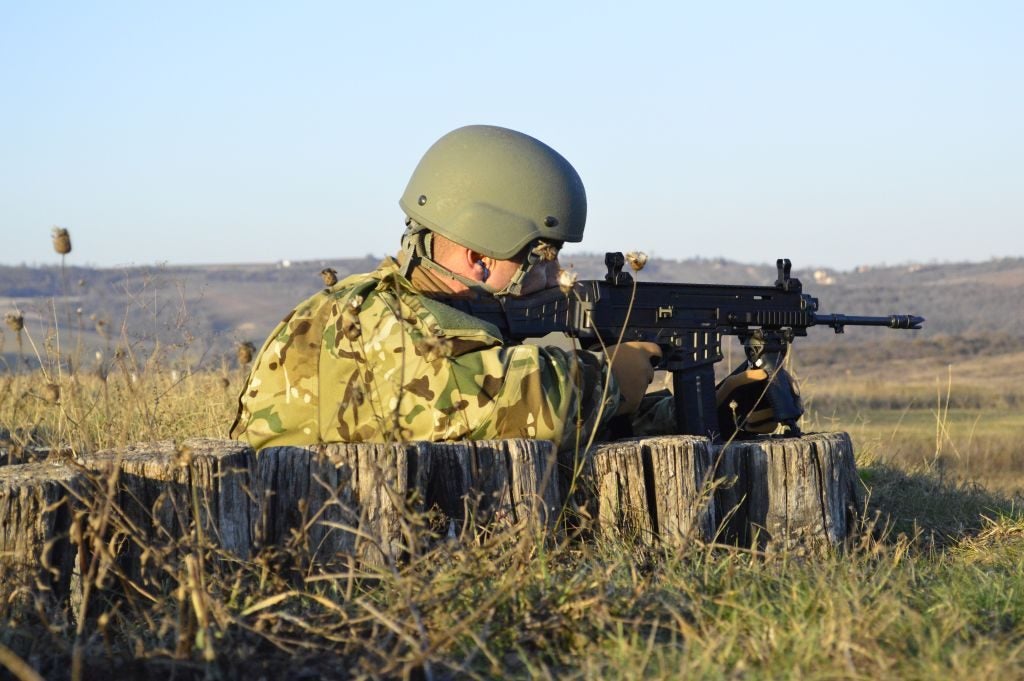
Infantry Anti-Tank weapons are also getting some attention; the Soviet RPG-7 will be replaced by the Carl-Gustaf M4, which is a huge leap forward, as it will allow the infantry to more easily destroy modern tanks and fortified positions.
The Army’s armored vehicles are also being replaced. In December 2018, the HDF signed a contract with Germany’s Krauss-Maffei Wegmann (KMW) for the production of 44 Leopard 2 A7+ tanks and the delivery of 12 Leopard 2 A4 tanks for training purposes. KMW began the assembly of the Leo2A4s in early March 2020, and the vehicles will be delivered to the HDF soon, with the newly produced Leo2A7s arriving in the coming years.
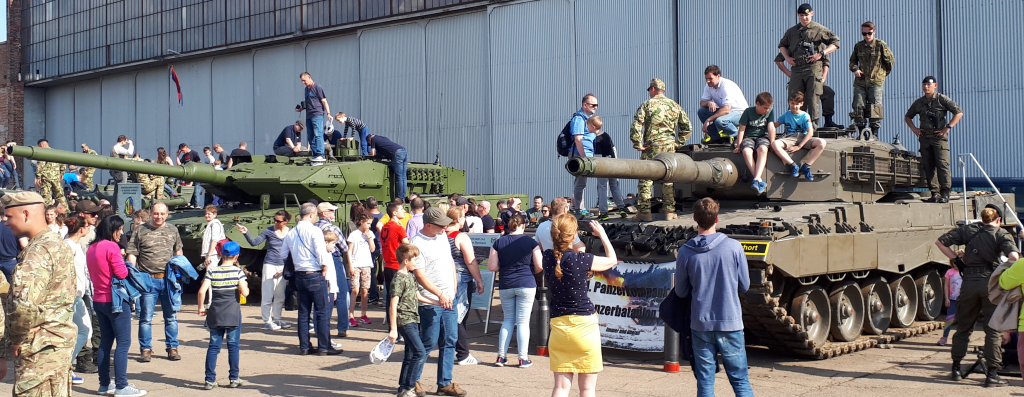
The same contract also includes the production of 24 PzH2000 self-propelled howitzers (SPH). These artillery pieces are among the most modern weapons of their type and will be the first SPHs in Hungarian service since the retirement of the Soviet 2S1 Gvozdika SPHs in 2004. The army will also be purchasing Leguan-2 Bridge Layers and WiSENT-2 Armored Recovery and Engineer vehicles to support the Leopards and PzH2000s. There are rumors claiming that the Army will also be buying 200 Puma Infantry Fighting Vehicles from Germany, but this purchase has not yet been confirmed by the MoD.
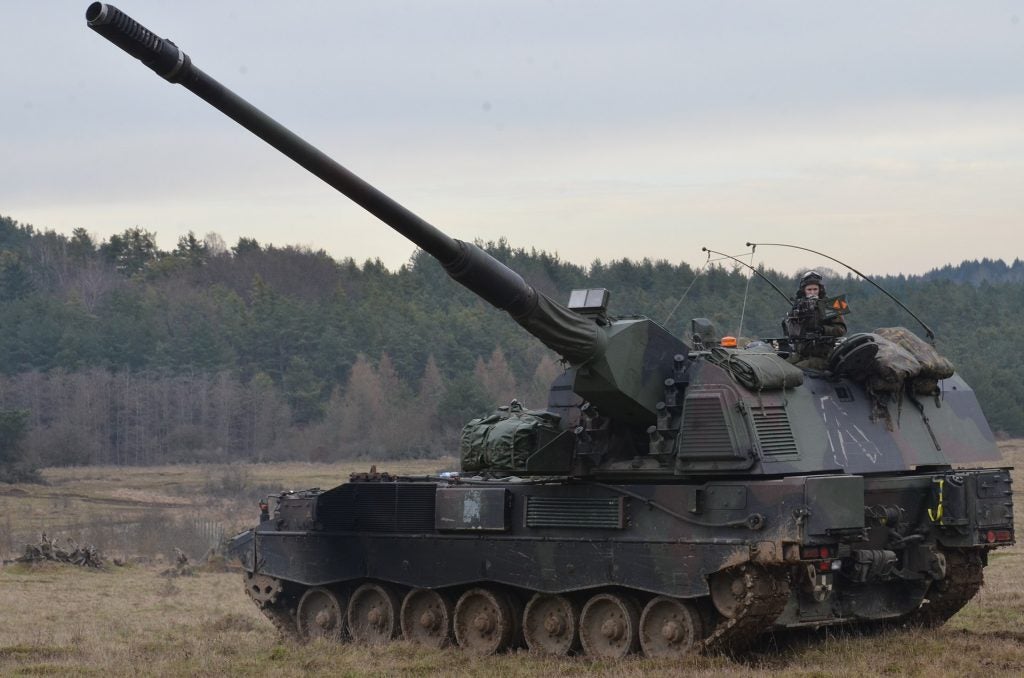
Ejder Yalçın MRAPs will also be acquired from Turkey, as there are no vehicles of this class in the HDF today. The exact number of vehicles to be ordered from Turkey is currently unknown.
The Air Picture
Deals were signed with Airbus for the procurement of 16 H225M multirole transport and 20 H145M light multi-role helicopters, and the HDF has already taken delivery of several H145Ms.
Even though the current fleet of recently overhauled and modernized Russian Mi-24 gunships and Mi-17 transports does not provide the HDF with the capability to perform combat operations on a modern battlefield, these helicopters do serve as tools for maintaining the military’s helicopter capability until their more modern and capable replacements arrive.
In terms of fixed wing assets the Hungarian air force has previously received several Czech- built Zlin Z-242L two-seat and Zlin Z-143LSi four-seat trainers, which provide a good foundation for domestic pilot training. The Hungarian MoD also expressed significant interest in the Embraer KC-390 to replace the single remaining An-26 medium transport in service.
Two Airbus A319s have also been acquired from civilian operators in 2018. Their purpose is to make the deployment of HDF troops to more distant destinations simpler, and also to give the government a means to help citizens return to the country in emergency situations. This has recently been demonstrated when one of the jets brought seven Hungarians infected with COVID 19 back to Budapest from Wuhan.
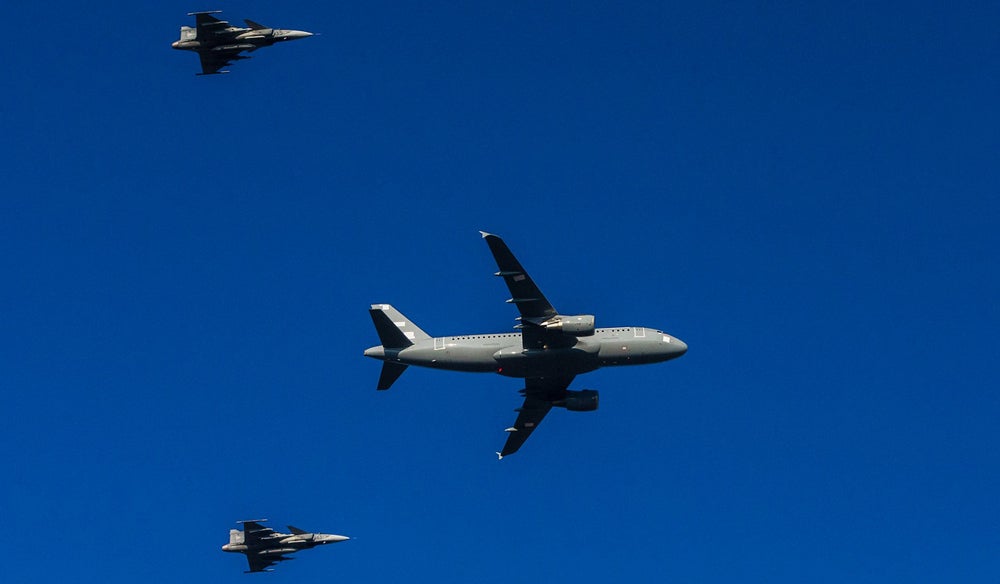
There were rumors about the MoD considering Lockheed Martin’s F-35 as a potential replacement for the Saab JAS 39 Gripen fleet, but these rumors were refuted by the Minister of Defense Tibor Benkő.
Hungary has a rather limited air-defense capability. The country’s air-defense duties are performed by the air force in conjunction with HDF Surface-to-Air Missile (SAM) WING 12 “Arrabona” currently operating modernized versions of the Soviet-made 2K12 KUB (SA-6 GAINFUL), along with the French Mistral short-range SAM system. Below the unit can be seen firing its missiles at live-fire exercise Tobruq Legacy 2019, in Poland.
Modernization of this role comes in the form of Kongsberg and Raytheon’s NASAMS. In August 2019, the US State Department approved the sale of 180 AIM-120C-7 AMRAAMs to Hungary along with the necessary support equipment and software for $500 million. Not much is known about how the NASAMS launchers and radars will be transported in HDF service, that is – whether they’ll be on tracked or wheeled mobile Transporter-Erector-Launchers or on towed trailers.
All of these procurements combined with the effort to increase the size of the HDF along with its reserves will bring Hungary back to military relevance in the region if the ambitious program can be achieved.

